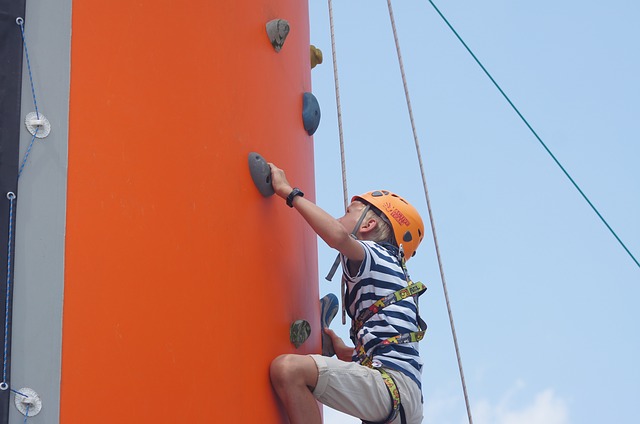Summer’s in full swing, school is out, the kids are free and ready to play, family vacations are planned, and there’s a whole new crop of seasonal fun to be had, but also risks and dangers to be aware of and protect your kids from.
Here are some of the biggest things to keep in mind about summer safety for kids in Chicago:
Sun and Heat
Exposure to the sun is good for you – in moderated amounts and with protection. But too much sun can lead to sunburns, skin cancer, heat illnesses such as exhaustion and heat stroke, and even death.
Cover up – use protective clothing, hats, and sunglasses. Keep infants younger than 6 months old out of the sun and protected with cool, protective clothing and hats.
Use sunscreen – apply it early, liberally, and repeatedly. Children six months and older should have SPF 30 and higher sunscreens applied liberally to all parts of their skin 15-30 minutes before exposure to the sun (this means before you get in the car to drive to the beach). This will help it absorb into the skin and make it less likely to be immediately washed off when you get there. Reapply after every swim, sweat, or towel-dry, and/or at least every 2 hours, whichever happens first.
If possible, plan your playtimes to be out of the peak sun times.
Water
An extremely important thing to know about water safety is that drowning doesn’t usually occur with a lot of splashing, yelling, and waving for help. It happens quickly and quietly, which is why it is so important for someone to always be paying attention to kids in the water. Get off the cellphone, don’t be deeply engaged in conversation with another adult (or child) – make sure someone is always watching.
Put a barrier up around your backyard pond or swimming pool so your child can’t wander in and fall in unsupervised.
Hydration
If you feel thirsty, you’re already dehydrated. Teach your kids to take a big drink of water – not soda, not juice – often, before they get thirsty, aiming for about every 20 minutes. Kids that are dehydrated can experience dizziness, irritability, lethargy, fatigue, and worsening symptoms if it becomes more severe.
When they’re out playing, they may not notice or care about drinking water, so make sure you give them a good water bottle or water bladder, and remind and drill it into them constantly to keep drinking and stay hydrated.
Poison Ivy, Poison Oak, etc.
Forests, hiking and biking trails, vacant lots, campsites, the side of the road, backyards – poison ivy can grow just about anywhere around Chicago and Illinois.
The oil in poison ivy is found on every part of the plant – leaves, stems, berries – and when the oil makes contact with the skin, most people will develop an itchy red rash with bumps or blisters within minutes or days after the exposure. Touching the plant directly isn’t even necessary for a reaction to occur – it can also happen from touching clothing or pet fur that touched the plant, and the oil can remain present and active for up to 5 years.
Poison ivy should not be burned because people can also have severe respiratory allergic reactions to the fumes.
Poison ivy doesn’t all look the same – it can be a dense shrub, or a climbing vine, or something on the side of the road. The best thing to teach your kid is “Leaves of three, let them be”, as poison ivy grows with groups of 3 leaves, alternating on the stem (instead of opposite each other like most plants). The middle leaf is usually the largest one, and may be shiny, dull, or a combination.
To protect kids from poison ivy if you’re going to be out in the forest or somewhere especially prone to encountering it:
- Wear long sleeves, long pants, and boots
- Pay attention to where you are walking and what plants you touch
- Wash any exposed clothing separately in hot water with soap.
- You can apply barrier skin creams before going out, which act similar to sunscreen
- And remember, teach your kids: “Leaves of three, let them be.”
Have a fun, safe and happy summer!


